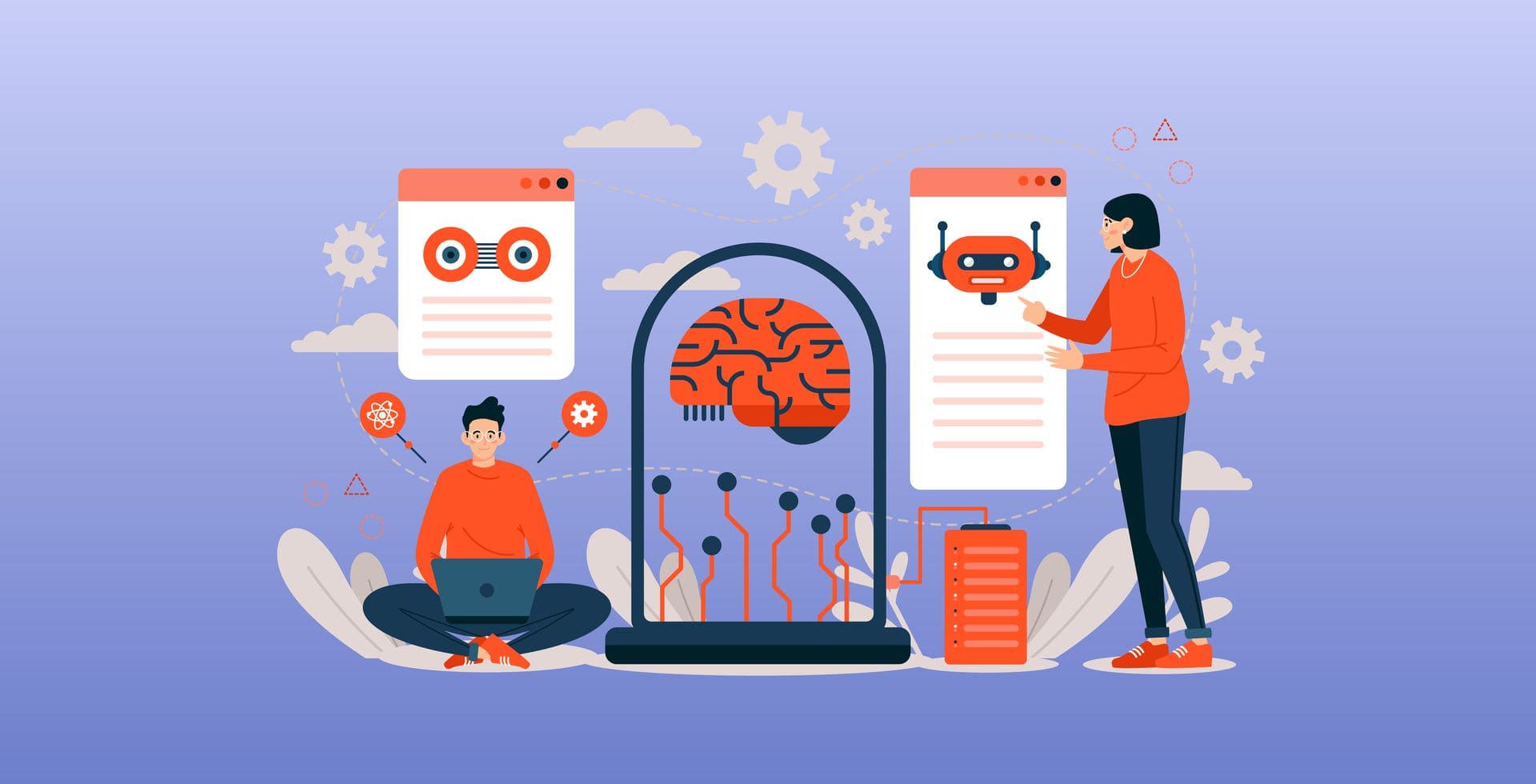
The combination of neuroscience and artificial intelligence (AI) during the last few decades has revolutionized our knowledge of the human brain. Python is a strong and flexible programming language that scientists and engineers are utilizing to unravel the secrets of the brain and advance human-machine interaction. Python is the foundation of some of the most ground-breaking inventions, ranging from neural simulations and AI-driven cognitive advances to brain-computer interfaces (BCIs). This essay examines Python's position in brain-inspired AI, how it is transforming neuroscience, and any potential moral conundrums in this quickly developing subject.
Brain-Computer Interfaces (BCIs) and Python
By facilitating direct contact between the human brain and external equipment, brain-computer interfaces (BCIs) enable paraplegic people to operate computers or prosthetic limbs with just their thoughts. With the help of Python's vast library ecosystem, including MNE-Python, PyBCI, and OpenBCI-Python, BCI programming is now easier than ever. In order to convert brain signals into actions, researchers can use these technologies to interpret electroencephalogram (EEG) inputs, decode cerebral activity, and apply real-time machine learning algorithms. People have already been able to play video games, type messages, and even operate robotic arms with just their thoughts thanks to BCIs that run on Python. Brain-computer interfaces could become a commonplace tool for both medical and non-medical purposes as technology develops.
The Use of Python in Neuroscience Studies
Analyzing enormous volumes of data from imaging technologies like fMRI, EEG, and MEG is necessary for the study of the brain. Neuroscientists choose Python because of its data processing and visualization features, which are facilitated by libraries like NumPy, Pandas, Matplotlib, and Seaborn. Furthermore, researchers can model brain activity, identify anomalies, and learn more about cognitive processes with the aid of specific tools for neuroimaging analysis provided by NiLearn and BrainIAK. Scientists can use Python to test novel ideas of consciousness, model brain illnesses predictively,and imitate neural activity. The mysteries of memory, decision-making, and emotional processing are being revealed with the aid of this computational method.
AI-Powered Neuroscience Simulations with Python
The simulation of the human brain is one of the most ambitious neuroscience endeavors. The Human Brain Project, which uses AI to mimic brain circuitry and neural function, relies heavily on Python. Millions of neurons and their complex connections can be simulated using high-level abstractions offered by frameworks like Brian2, NEURON, and NEST. These simulations have real-world uses in the diagnosis and treatment of neurological conditions like epilepsy and Parkinson's disease; they are not only theoretical. Scientists may evaluate possible treatments by simulating brain activity in a digital setting, which speeds up medication development and eliminates the need for intrusive human testing.
The Development of Python-Based Brain-Inspired AI
AI has not only helped neuroscience, but it has also impacted its development. Neuromorphic computing, also referred to as brain-inspired AI, aims to replicate the structure and functions of the brain in order to simulate human cognition. When creating spiking neural networks (SNNs) with frameworks like NEST, BindsNET, and Brian2, Python is essential. By imitating biological neurons, SNNs process information more effectively than conventional artificial neural networks. Neuromorphic systems powered by Python have the potential to transform cognitive computing, autonomous systems, and robotics by giving machines more flexibility, efficiency, and human-like thought processes.
Neuroenhancement Technologies and Python
The goal of neuroenhancement is to use AI-powered brain stimulation to improve human cognitive capacities. Deep brain stimulation (DBS) and transcranial magnetic stimulation (TMS) devices are incorporating Python-based AI models to improve learning, memory, and problem-solving abilities. Wearable technology powered by Python is already being developed by startups with the promise of improving mental clarity and focus. These technologies raise ethical concerns regarding the effects of artificially increasing cognition, even as they hold the promise of unleashing human potential. Will a new era of superhumans or more societal inequity result from Python-powered AI that can increase human intelligence?
Implications for Ethics and Philosophy
Ethical quandaries emerge as Python aids in bridging the gap between AI and neuroscience. Concerns of autonomy, consent, and privacy are raised by the capacity to decipher and modify thoughts. Who is the owner of the information taken from our brains? Is it possible to hack brainwave data, which could result in mind control? Clear regulations must be put in place by governments and regulatory agencies to guard against abuse and guarantee that advances in AI and neuroscience benefit society as a whole. Furthermore, the philosophical ramifications of combining AI and human cognition call into question our basic conceptions of identity and awareness. What does it mean to be human if machines are able to simulate human thought processes?
Prospects for the Future: Where Python is Advancing Neuroscience and AI
Python has an endless future in AI and neuroscience. Deeper understanding of the brain might become possible as Python-driven neural simulations and quantum computers combine. Personalized brain therapy driven by AI may one day be available, providing individualized care for mental health conditions. The distinction between biological and digital intelligence may become more hazy if brain implants provide immediate access to the internet. These opportunities must be carefully explored, though, striking a balance between creativity and moral obligation. For years to come, Python, the engine powering these developments, will continue to influence how AI and the human brain interact.
Future Prospects: How Python is Developing AI and Neuroscience
Python has a bright future in neuroscience and artificial intelligence. Deeper understanding of the brain might become attainable as Python-driven neural simulations and quantum computers join. AI-powered personalized brain therapy could one day be accessible, offering tailored treatment for mental health issues. If brain implants offer instant access to the internet, the line between biological and digital intellect might become less clear. However, it's important to carefully consider these options while balancing moral responsibility and innovation. Python, the technology enabling these advancements, will continue to shape the relationship between AI and the human brain for years to come.